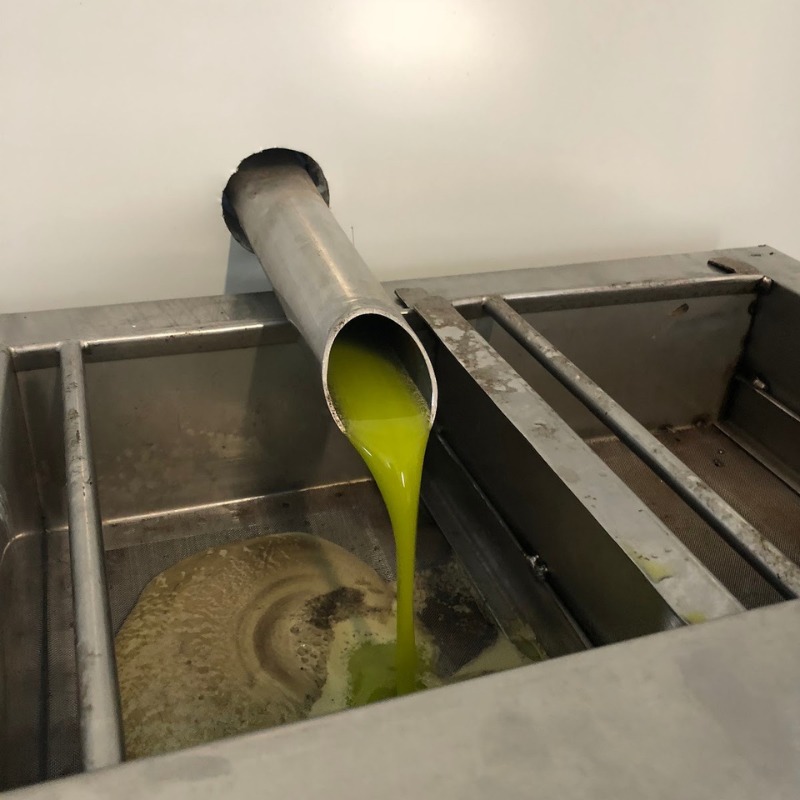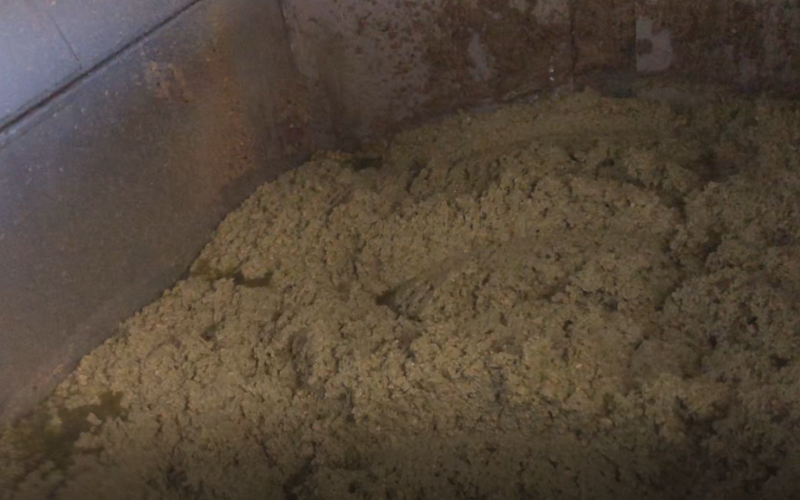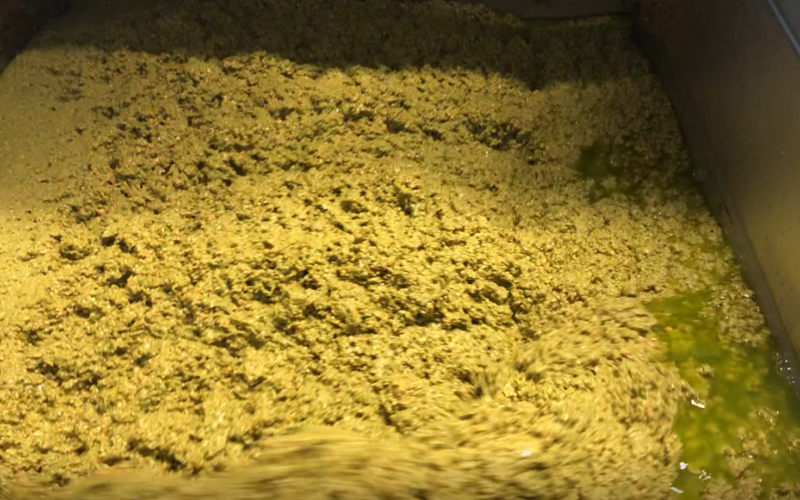Maximise the yield in your fruit by using Viscozyme enzyme this processing season!
The ability of Viscozyme® L to liberate bound materials and degrade non starch polysaccharides can be used to improve starch availability in fermentation and generally reduce viscosity and hence improve yields. The extraction of material from plant tissues and the processing of fruit and vegetable material (e.g. roots, plants, seeds, recovery of various press processing residues, aso.) can be improved by pretreating the plant material with Viscozyme® L either before conventional processing or as part of an enzyme-based extraction process.
The ability of Viscozyme® L to function at low temperature will reduce the energy needed for extraction and the thermal degradation of the required material. In addition, the absence of significant levels of amylase and lipase activity in Viscozyme® L means that the major components of plant material will not be affected during the extraction process.
Viscozyme® L is a multi-enzyme complex with a strong pectolytic activity and a wide range of carbohydrases, including arabanase, cellulase, beta- glucanase, hemicellulase, and xylanase.
The enzyme also has activity against the branched pectin-like substances found in fruits and vegetables. Viscozyme® L is produced from a selected strain of Aspergillus aculeatus.
Benefits
The main benefits of using Viscozyme® L in vegetable and fruit processing are:
Improved extraction of valuable and healthy components: Enzymes are used in the breakdown of cell walls to facilitate and increase the extraction of valuable and healthy components from organic plant components, such as color, anthocyanins, tannins, antioxidants, lycopene, or carotene, under mild processing conditions.
Improved extraction of valuable and healthy components: Enzymes are used in the breakdown of cell walls to facilitate and increase the extraction of valuable and healthy components from organic plant components, such as color, anthocyanins, tannins, antioxidants, lycopene, or carotene, under mild processing conditions.
Improved processing performance: The absence of significant levels of amylase and lipase in Viscozyme® L means that the healthy components of organic plant material will not be affected during the extraction process
Cost savings: The ability of Viscozyme® L to function at low temperature will reduce the energy needed in the extraction process
Less pomace: The superior extraction performance with Viscozyme® L leads to a reduced amount of pomace from fruit and vegetable mashes, for example olive cake.
Disposing of pomace is often costly and problematic. The reduction in pomace is therefore a substantial benefit
More Information:
| File | Title | File Description | Type | Section |
|---|---|---|---|---|
| Kosher_Grain_and_Oil_2025.pdf | Kosher Certificate - Novozymes | Specifications | Document | |
| Halal_Grain__Oils_2025.pdf | HALAL certificate Grains and Oils - Novozymes | Specifications | Document | |
| Viscozyme_L_-_FSSC_22000.pdf | Novozyme Food Safety Certification | Specifications | Document | |
| Pectinex_Ultra_Olio_-_ISO_9001.pdf | Novozymes ISO 9001 | Specifications | Document | |
| Pectinex_Ultra_Olio_-_ISO_14001.pdf | Novozymes ISO 14001 | Specifications | Document | |
| Viscozyme_L-GMO_Status_short.pdf | GM Statement Viscozyme | Specifications | Document | |
| Viscozyme_L_-_SDS_-_GB_-_AU.pdf | Viscozyme SDS | Brochures | Document | |
| Viscozyme_L_-_GBE_-_PDS.pdf | Viscozyme PDS | Brochures | Document | |
| Enzymes_Olive_Oil_Technical_Presentation.pdf | Enzymes Olive Oil Technical Presentation | Brochures | Document | |
| Olive_Oil_Extraction_Application_Sheet.pdf | Enzymes Olive Oil Extraction Application Sheet | Brochures | Document | |
| Viscozyme_L_-_Non-animal_vegan_TSE-BSE.pdf | Viscozyme - Vegan Statement | Brochures | Document | |
| Kosher_Food__Beverage_2025.pdf | Kosher Food & Beverage 2025 Novozyme | Specifications | Document | |
| Halal_Food__Beverages_2025.pdf | Halal Certificate Food and Beverage 2025 | Specifications | Document | |
| RIRDC-11-091-Evaluation-of-Processing-Aids-Canamasas-REPORT_FINAL.pdf | Evaluation of Processing Aids for Olive Oil Extraction and Quality Improvement - RIRDC | This RIRDC report by Pablo Canamasas and Leandro Ravetti examines the use of traditional and new processing aids - such as talc, enzymes, salt, and calcium carbonate - to enhance olive oil extraction efficiency and maintain oil quality. The study provides | Specifications | Document |
OLIVE OIL PROCESSING
For businesses and serious growers considering olive oil extraction, the idea of owning a machine for under $10,000 may seem like an attractive entry point. However, achieving high-quality olive oil requires advanced extraction technology that meets food-grade standards. The extraction process is highly technical, demanding specialised equipment to maintain oil integrity and efficiency. This guide will help you understand the essential components of olive oil processing, the investment required, and the best options for entering the market.
Many low-cost machines marketed for oil extraction—often priced around $2,000—are screw presses designed for seed and nut oils. These do not meet the requirements for proper olive oil extraction. Producing premium extra virgin olive oil requires specialised machinery that includes:
Without these advanced components, it is impossible to produce high-quality olive oil that meets commercial standards.
Each of these stages demands industrial-grade technology, making low-cost extraction machines impractical for producing high-quality olive oil.
For those serious about maintaining full control over their production, the Frantoino Olive Oil Press is an excellent entry-level option. With a processing capacity of up to 50kg per hour, it delivers professional-quality results in a compact and efficient design. Owning your own machine ensures complete flexibility and control over your olive oil production.
f you’re looking for a cost-effective alternative, buying a used machine can provide savings while still allowing you to own your equipment. Though used machines can be harder to source, platforms such as Olive Machinery list available second-hand units.
For those not ready to invest in machinery, a local processing facility provides access to high-grade extraction equipment without the capital investment. To find a processor near you, use The Olive Centre’s Processor Map.
Producing high-quality olive oil requires investment in the right equipment and processes. Whether you choose to own a professional machine like the Frantoino, explore second-hand options, or utilise a local processing service, there are solutions to suit different business needs. For those prioritising full control and flexibility, investing in specialized extraction equipment is the best path forward. However, used equipment and local processors provide accessible alternatives for those looking to test the market before committing to a larger investment.
OLIVE OIL PROCESSING AIDS - COADJUVANTS
Research about enzyme application in olive oil extraction processing can be effective in obtaining higher yields, faster oil & water separation, leading to smoother operation of machinery, less residual oil in the pomace and improved oil clarity.
Pectinase enzymes are used extensively around the world in the fruit juice and wine industries and increasingly in the olive oil industry.
Pectinase enzymes are produced by submerged or surface fermentation from microorganisms under highly controlled conditions. There are relatively few primary producers (manufacturers) of pectinase enzymes in the world.

Manufacturers vs Suppliers of Enzymes.
There are suppliers to the industry who do not manufacture enzymes but buy them in concentrates (i.e. a high-activity enzyme), then dilute and formulate a finished product. Dosage recommendations for these cheaper products often do not correlate with achieving sufficient enzyme activity in the process to give maximum oil yield.
What should you expect to see by using Enzymes in olive oil processing?
During April 2018 at a Processing Workshop in Drysdale Victoria, I noted an interesting response from the Owner of the property, Manzanillo Grove during the processing trial that took place with over 35 producers from all over the country who had said “I have never seen Enzymes interact this way before… there is oil everywhere. Another observation is the paste was also performing much more quickly and there is an incredible increase in the amount of extra oil. We are impressed with the results of the processing demonstration today.” Jacques Kint, Manzanillo Grove.

Observations: Paste not as fluid, took longer to release oil, not as much oil pooling.

Observations: More oil pooling, better fluidity of paste, quicker oil release.
There is a response rate between enzyme dose and oil yield. A low strength enzyme can result in minimal improvement in yield and inferior performance if dosed at the same rate as a high strength product. To give the same performance, low-activity enzymes need to be dosed at much higher rates.
Even though the price seems competitive on the surface you may actually see yourself paying considerably more in comparison… you can waste your money by using cheap, low-strength enzymes!